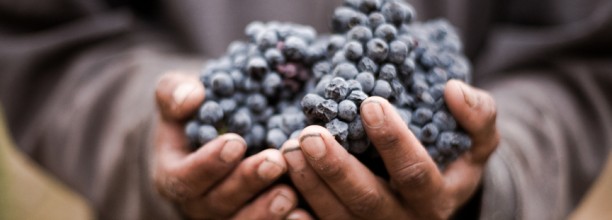

The Northern Harvest
Across Europe, the month of August signals the readying for the new wine grape harvest, which will commence sometime in the latter weeks of the sign of Leo and for some, continue through until late October.
There will be great anticipation amongst the winemaking fraternity, along with a great deal of nerves as weather forecasts are scrutinized and silent prayers are uttered to the gods of nature. Everyone is hoping for little rain, mild days, clear skies and moderate temperatures. Much about the quality of the vintage has already been determined by the months already past but, the weather during harvest is critical to maximizing the harvest’s full potential in the winery.
Good rains in winter and fertilized soils build up the vines energy reserves during the dormant season, giving it strength to produce a healthy canopy and set healthy fruit in the spring, then push on all the way through summer and early autumn with the ripening process.
Winter pruning is a critical phase that requires a high level of skill; it determines the path of the vine and also crop size potential. A strict watering regime through summer and autumn keeps the vine stressed, devoting its energies to ripening fruit and not growing huge canopies. Too much water in autumn can swell the berries and dilute flavor concentration, not enough and the vine can throw in the towel and shut down for the year, before it has finished its job and fully ripened the fruit.
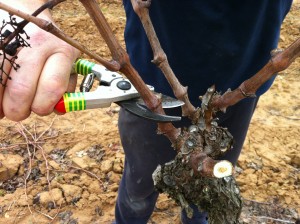

When the vines begin to stir from their winter slumber the first signs of life are woolly looking buds sprouting on the vine, known as bud burst this is a critical period to be on the lookout for frosts; ice burns off the young buds and severely retards vine development throughout the season.
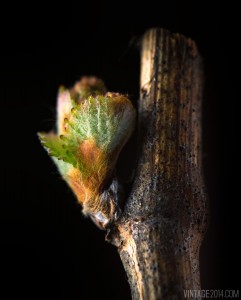

The next step in the cycle is flowering; this is the embryo of the grape cluster, each flower having the potential to become a single grape. Strong winds or violent spring weather can devastate a crop at this stage, calm weather with only light winds and rains are the order of the day.
At this point in the season a vineyard manager may decide -if the canopy is to vigorous- to give it a leaf pluck or summer prune to remove some of its density; this allows more air to flow through the canopy and reduces the risk of disease, it also allows more sun into the canopy for better and more even ripening.
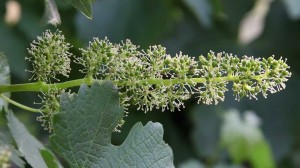

After full flowering we have fruit set, now pollinated the petals drop off and each little stem sprouts a small green berry, the birth of a grape. Frosts, strong winds and storm rains can still be a very serious threat to crop size and quality in many regions and Vineyard managers look to the skies with nervous tension. As the berries swell in size they will tighten up to form bunches of grapes.
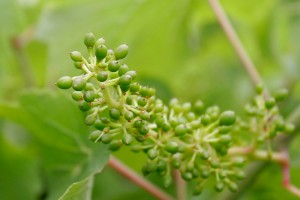

At this phase of development a green harvest may be undertaken to drop some unripe fruit onto the ground; this will allow the vine to focus more of its energy on the fruit remaining and produce more concentrated flavours in the grapes.
In summer the grape bunches go through a process known as veraison; a point where, over many days, the red wine grapes will change their colour from green to red. Now the ripening process is in full swing and for vineyard manager’s it’s the home straight all the way to harvest time.
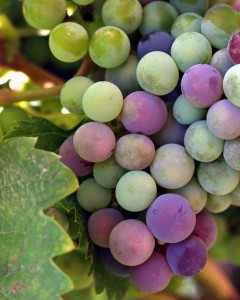

As summer comes to a close and autumn sets in, disease threat is constantly measured, damp autumns can allow spore to quickly spread mildew, molds and fungi through the vines, ruining the crop.
Vineyard managers must also have their eyes keenly peeled to spot pests: insects, birds and all manner of vermin can take to ripening fruit at this time of year and devastate a crop in very little time at all. In the southern hemisphere, in Australia, this includes kangaroos, who just love to gobble along vine rows wiping vines clean in minutes.
Warm, clear days and cool nights are the perfect scenario, the warm sun ripening the berries and developing its sugars whilst the cool nights allow the grapes to retain acidity and balance.
Once sugars (and therefore potential alcohol levels) get up close to ideal, winemakers can be found wandering the vineyards tasting grapes, looking for flavor ripeness and the perfect balance of fruit sugars, fruit acids and fruit flavours. On the winemaker’s signal, it is time to pick and the harvest has begun.


